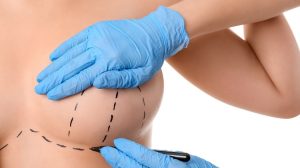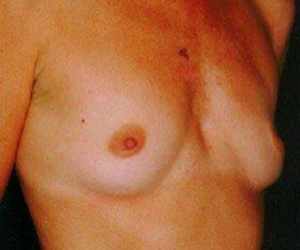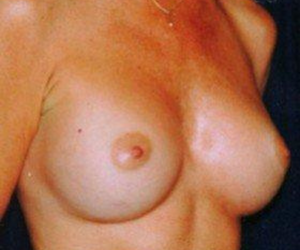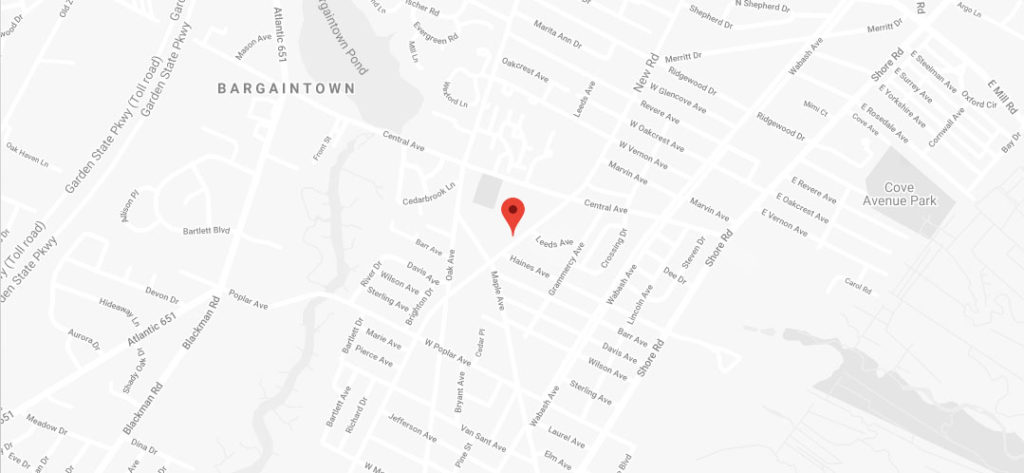Breast Augmentation
What to Know About Breast Surgery Recovery

September 19, 2025
Breast Augmentation
Breast surgery recovery is a gradual process, and knowing what’s ahead helps you feel more confident and prepared. While the procedure itself only takes a few hours, healing unfolds over days, weeks, and months.
If you’d like a detailed overview of the procedure itself, see our breast augmentation page.
This guide focuses only on the healing process and shares practical tips from Dr. Fred Coville at Cornerstone Plastic Surgery. For additional background, you can also review recovery guidelines from the American Society of Plastic Surgeons.
Key Takeaways
- Swelling, soreness, and fatigue are normal early on — most noticeable in the first 1–3 weeks.
- Wearing your post-op bra and following instructions are essential for smooth healing.
- Most patients resume normal routines within 4–6 weeks, though final results take longer to settle.
- Light walking starts early; higher-impact exercise should wait until cleared by your surgeon.
Your First 24–48 Hours After Surgery
- You’ll leave the operating room wearing a recovery bra or chest wrap.
- Rest with your upper body elevated to reduce swelling.
- Take medications on schedule and eat light meals.
- No driving for at least 24–48 hours; arrange for a support person.
- Keep incisions dry until your first follow-up appointment.
The First Week
- Bruising and swelling peak around days 3–4, then begin to improve.
- Chest tightness and fatigue are common.
- Sleep on your back with your upper body elevated.
- Avoid lifting more than a few pounds.
- Short walks indoors help circulation.
Weeks 2–4
- Energy improves, soreness lessens, and swelling decreases.
- Most patients return to work and light daily routines.
- Avoid underwire bras and strenuous upper-body activity.
- Continue wearing your support bra as directed.
Months 1–6
- Months 1–3: Implants settle into place (“drop and fluff”); scars begin to fade.
- Months 4–6: Most swelling is gone and final shape is more defined.
- Scar care and sun protection remain important.
Signs to Contact Your Surgeon
Reach out to Dr. Coville promptly if you notice:
- One breast suddenly firmer or larger than the other
- Increasing redness, warmth, or discharge around incisions
- Severe pain not relieved by medication
- Fever over 101°F
- Sudden change in implant position
Recovery Support at Cornerstone
Every patient’s healing is unique. Dr. Coville and the Cornerstone team guide you through recovery with clear instructions, attentive follow-up, and ongoing support.
To discuss breast implants or get your recovery questions answered, schedule a consultation at our Linwood or Toms River locations.

















